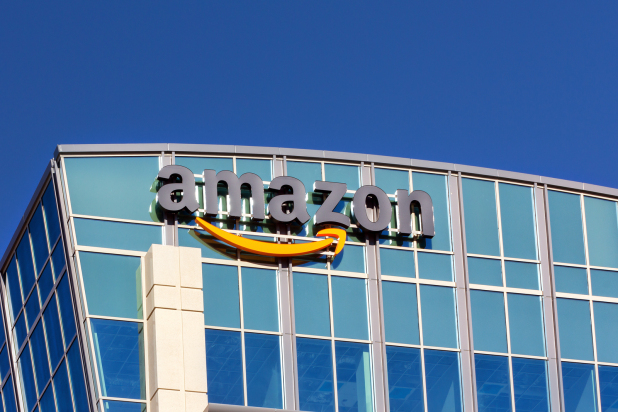
Amazon has already taken over the online consumer marketplace to become one of the largest online retailers in the world, so the news that the company was planning a move into brick-and-mortar retail was only a moderate surprise to many. Even without a traditional storefront, Amazon has managed to push out local businesses in some areas of the country, even giving big chains like Wal-Mart and Best Buy a run for their money.
The first store will be in New York City, where it will challenge local retailers like B&H and Adorama. The storefront will one day be used to showcase Amazon’s phones and e-readers. But in the meantime, the move is expected to be a way to get merchandise into the hands of customers faster. In the long term, it could be the first step toward a serious local presence for the country’s largest Internet retailer. Here are some ways local businesses could be impacted by an Amazon storefront in their communities.
The Push for Convenience
Amazon doesn’t just plan to create a showcase for its electronic devices in the store. The storefront will act as a mini-warehouse, holding an inventory of items that can be delivered to local online shoppers. When New Yorkers are shopping on Amazon, they’ll soon see an option to have same-day delivery if they’re within a certain mile radius of the store. Additionally, they’ll be able to return and exchange items in the store rather than having to deal with shipping them back.
If Amazon decides to expand to other brick-and-mortar locations, local businesses in all areas may be pressured to provide more convenient options for customers. Customers could grow to expect same-day delivery of everything from groceries to small electronics, with businesses forced to hire delivery drivers to make shopping as convenient as possible for their customers.
The Storefront-Online Combination
One of the biggest ways Amazon’s move will impact local businesses is in the way it inspires other businesses. By setting up a mini-warehouse that fulfills orders for online shoppers, Amazon serves as a model for how companies can take advantage of the Internet without sacrificing a local presence. Large retailers are already allowing online consumers to return online purchases to their stores. This combination could encourage shoppers to place holds on items online and have them held for pickup, which would be perfect when an item needs to be tried on or seen in person before committing.
Relying on the Internet for purchases is another way to reduce overhead. Large storefronts require multiple employees and building operating expenses, while a smaller store allows a large amount of inventory to be stored, with only a small sample displayed. Store sizes overall may eventually begin to shrink as customers who arrive at the location are invited to check out items on their smartphones or on screens located around the store.
Using the latest technology, local businesses can compete with large online retailers like Amazon as they move into their communities. Consumers are growing to expect convenience and selection and, with a combination of their popular website and same-day delivery, Amazon plans to offer both. Since Amazon is currently only opening one location, most local businesses can continue to cater to their existing customer bases well into the foreseeable future.
For more insight, check out our ecommerce tips and trends page.



